The first Tudor GMT is a sort of sum of the brand’s historical practices — maybe even best practices. Let’s learn about this fantastic Black Bay watch.
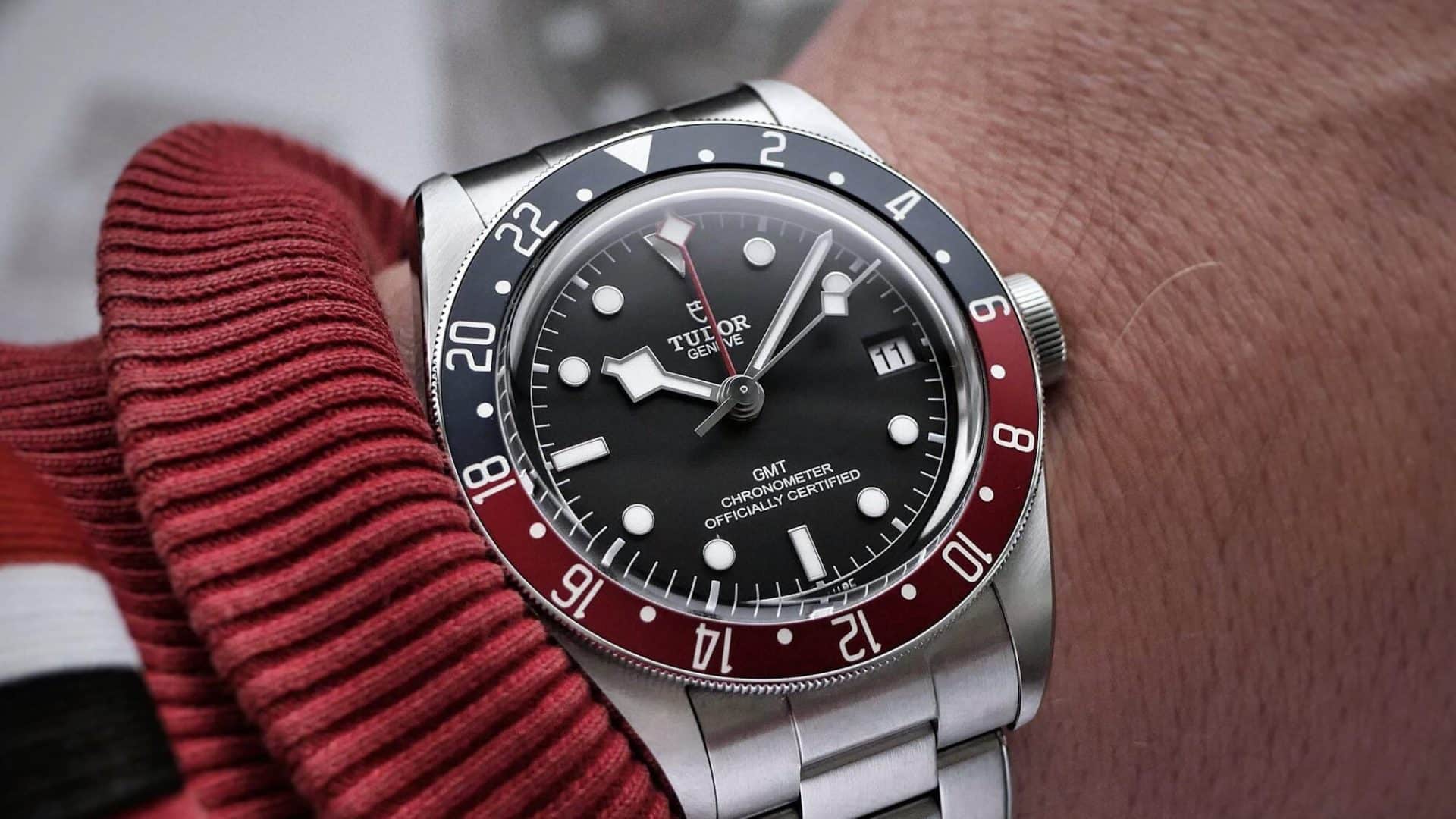
When Rolex expanded its family through the acquisition of Bucherer, Tudor went from little brother to middle child. (Though technically, Bucherer predates the Hans Wilsdorf duo, so did they adopt an older brother? It’s not that important.)
My point is that Tudor holds the spotlight as Rolex’s affordable counterpart. Comparatively, this might be true. But when you look at the Tudor Black Bay GMT, a luxury line in its own right, you see a lot of the brand’s history.
And that’s what we love about watches, right? The conversation piece of it all? There’s also the engineering behind it. And its style. I promise you this wide-ranging line checks all of the boxes.
Table of Contents
The Ancestors of the Tudor Black Bay GMT
Tudor itself began in 1926 by Hans Wilsdorf, the same gent who founded Rolex. This was decades after the crown’s debut in 1905. By the ‘20s, Rolex was already well on its way to being a premier luxury brand.
So, Tudor was established as a more affordable and sportier option while maintaining the Wilsdorf standards. In the ‘40s, Tudor came under the Rolex umbrella. Tudor also released the first Oyster watch, showing the world that they have access to Rolex’s innovations.
Because of this, the 1947 Tudor Oyster might be the first ancestor to the Black Bay.
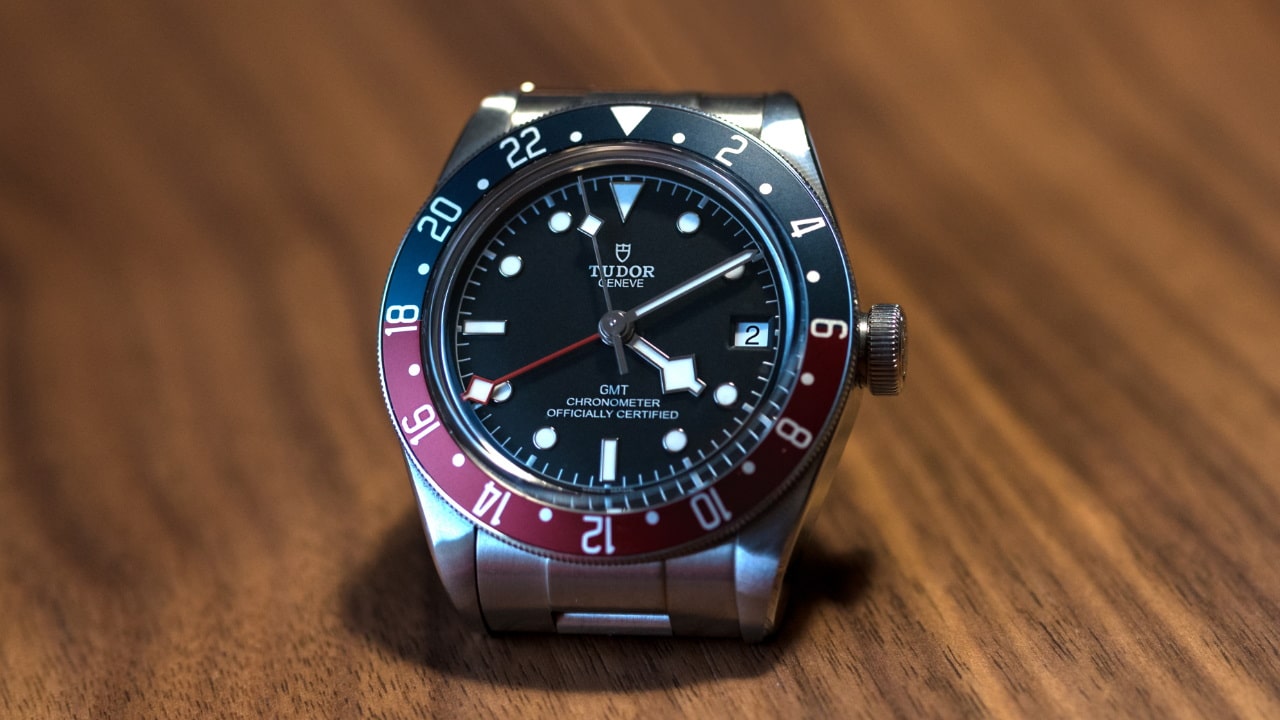
Next, we’ve got the Tudor Submariners, which debuted just after the Rolex Submariners. In their evolution, these guys went from 100 meters to 200 meters of water resistance, which remains a Black Bay standard today.
The most important iteration of this subline, however, are references 7016 and 7021 from 1969. These are the first Tudor watches to sport the now iconic Snowflake hands. In fact, the 7016 has the nickname “Snowflake”. This design is definitely one of the most famous watch hands on the market today.
Sadly, Tudor would retire these charmingly-designed hands in the ‘80s.
That is until the Black Bay collection came out in 2012. From there, the GMT was born.
I know that even in this short history of the Black Bay Tudor, I mentioned Rolex a lot. So, with all of these comparisons, let’s answer an important question. Is Tudor a good watch?
Is Tudor A Good Watch?
Yes. No one would argue that Tudor isn’t a good watch.
They have a fascinating history as a heritage brand, as you now know. They have a resume of firsts, which is often a requirement to be a Swiss hard-hitter. Another requirement is a relationship with a national defense group, as well as a box Tudor checks.
They worked with the French Navy to develop their Prince watch, which was also their first diver. In fact, the French Navy asked Tudor to create two distinct hands to improve legibility. From this request came the snowflakes.
History and lore aside, Tudor makes well-built Swiss watches. They’re solid, they’re water resistant, and they own most of their movements.
They offer loads of COSC-certified movements with excellent power reserves. There’s also that silicon spring, which helps them stand up to outside forces.
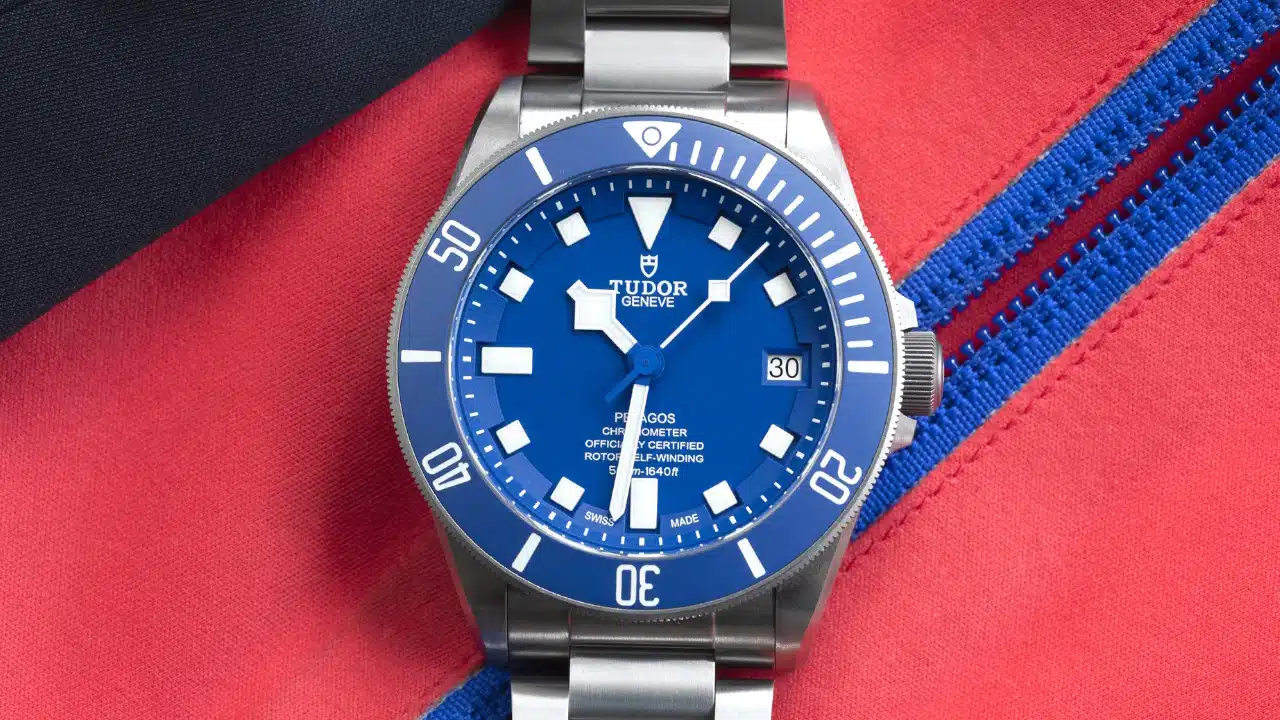
And while I’m a big Rolex fan, I won’t deny that Tudor might offer a better value proposition at times. With Tudor models, you get a huge price cut and more accessibility, with not that big of a quality cut.
Tudor essentially fills a hole in the market from which Rolex has departed. But it’s not just an affordable alternative. It is, but it’s not the only thing Tudor has going for it.
When it comes to branding and designs, Tudor has created its own identity. It’s more low-key than Rolex, but that’s what I love about it. Tudor also leans into cool vintage aesthetics.
And this brand identity, in my opinion, is best represented through the Black Bay line.
The Black Bay: Key Features
The Black Bay subline is a throwback with modern creature comforts. In my opinion, it’s a tentpole range that helped the brand forward its own identity without the Rolex association.
The original divers featured a dark crimson bezel. It also came with the iconic snowflake hands, which, in a short amount of time, became Tudor’s non-logo trademark.
Via the snowflakes, Tudor boasts a single non-logo symbol. Arguably, even Rolex doesn’t have that. Rolex has several symbols, such as the Mercedes hands or the Oyster bracelet, but not one singular visual shorthand. Other than their logo, of course.
Additionally, the Black Bays were, and are, adorned with polygonic hour markers that are far thinner than Rolex’s. Just check out that prominent triangle for the 12.
That dial, by the way, has a sapphire crystal — slightly domed for the vintage effect. And to put a bow on this retro yet modern look, we’ve got the guardless Big Crown.
Upon its debut, it won the award for best revival at the Le Grand Prix watch prizes. The GPHG, Grand Prix d’Horlogerie de Genève hosted the event.
Then, in 2018, the GMT variation came to be.
Bringing Cosmopolitanism to the Black Bay Family
The Black Bay GMT is actually the first ever GMT watch made by Tudor. It has the tool watch brawn of its relatives but a classy, sportier vibe, too.
Of course, the Pepsi bezel makes it a direct cousin to the GMT-Master II and a descendant of the GMT-Master.
Harkening back to the glamorous era of air travel makes it more cosmopolitan than its other Black Bay siblings. This is especially so since the modern Black Bay is decidedly more vintage-looking than a modern GMT-Master II.
It even comes in a white dial and a black dial.
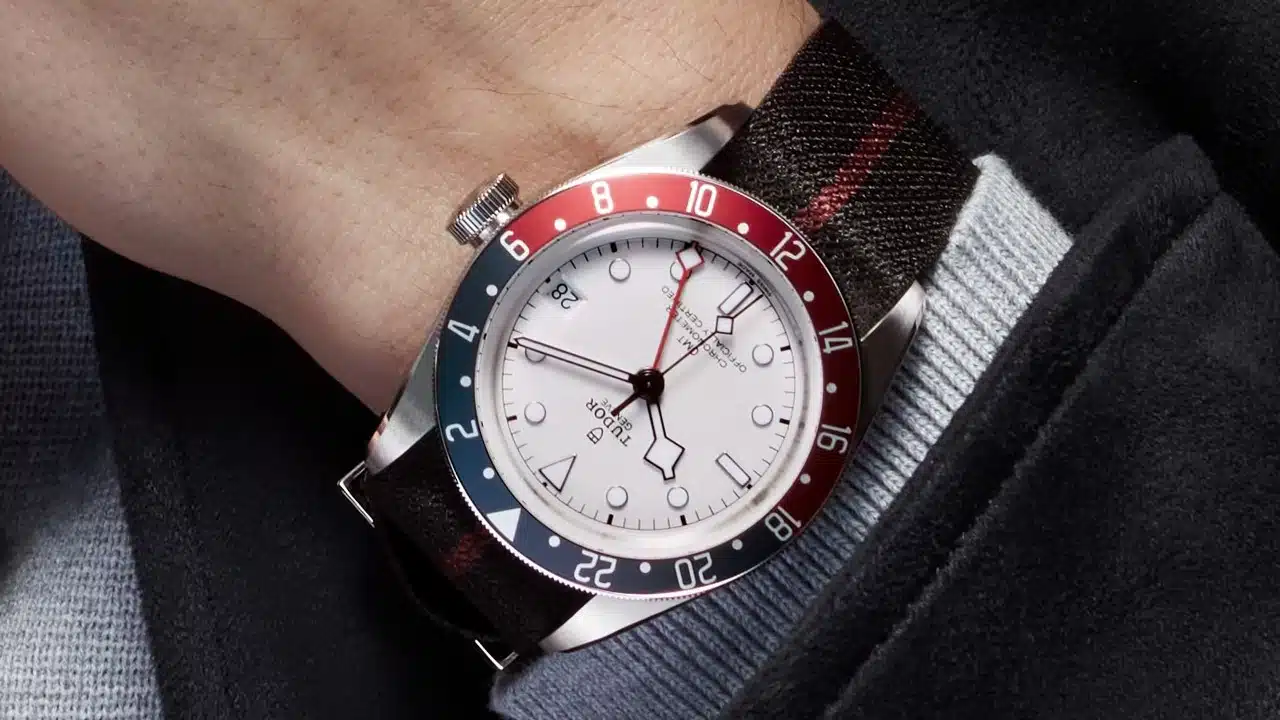
Among the black dial options, there are even ones with gold accents throughout. They have gold bezel numbers, index outlines, and a gold crown.
I love this because it’s sort of a hat-tip to the tropical aesthetic but with more modern glitz.
Again, Tudor is really nailing the contemporary and vintage balance. Or rather, they’re finding modern ways to express vintage vibes.
Plus, unlike a ceramic one, its aluminum bezel will patinate. Some people like this, and some don’t. Aluminum certainly isn’t as premium as ceramic, but it ages more “gracefully”, in a sense.
Overall, it’s an athletic yet classy watch that I think is more understated than its Rolex counterpart.
And it runs like a dream. It runs on a COSC-certified movement, the MT5652. It’s one of Tudor’s in-house calibers, which boasts a 70-hour power reserve. And since it’s as much of a dive as it is a travel watch, it features 200 meters of water resistance.
The GMT: A Tudor Black Bay 41
At 41 millimeters, the GMT is indeed in the Tudor Black Bay 41 clan of the family.
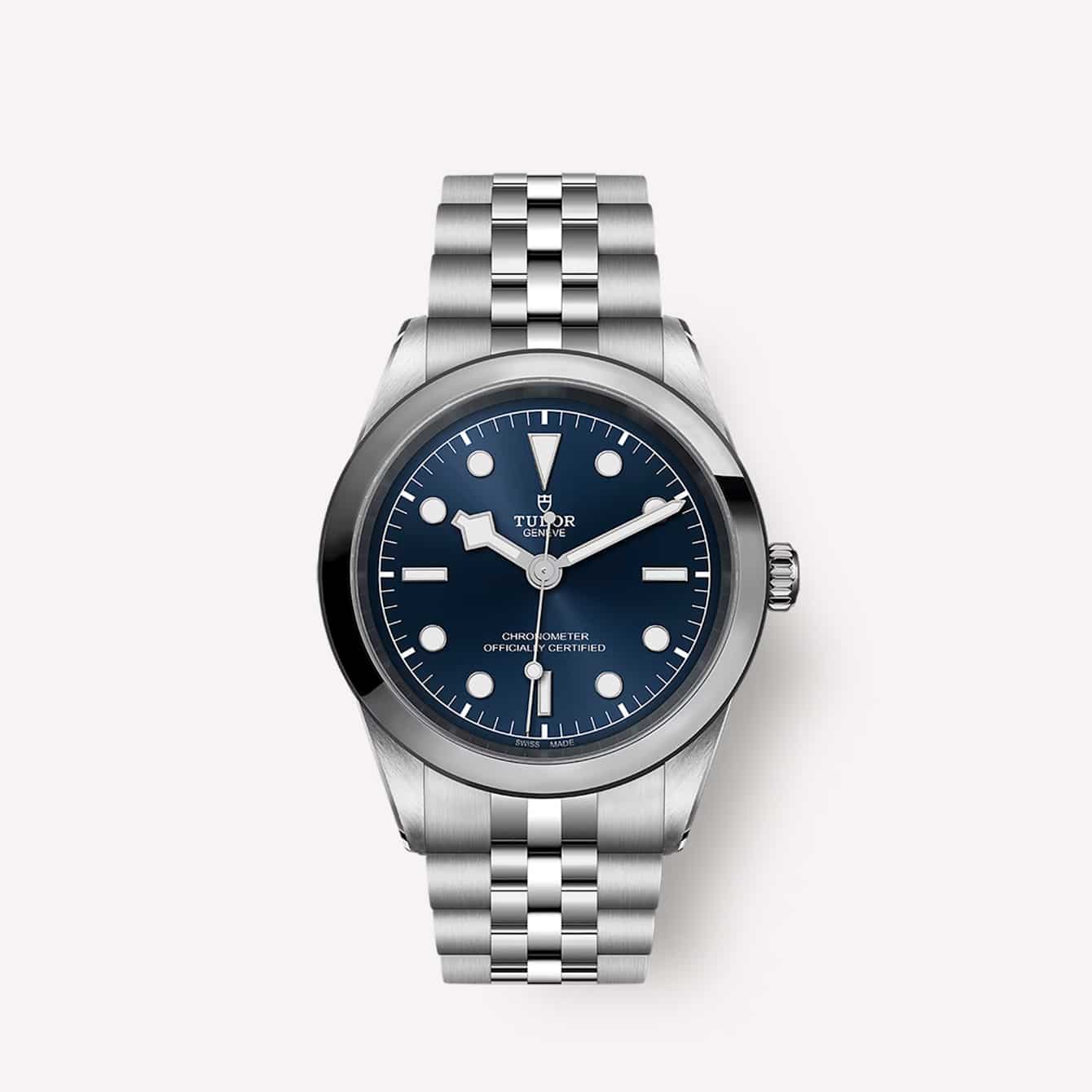
However, I will say that it wears more delicately than you think it would. It weighs about 175-ish grams, which sounds like a lot. The weight is evenly distributed throughout the stainless steel case. I’m sure part of this has to do with the sleek but sizable lugs.
Even more, the steel bracelet, though not made from Rolex’s proprietary Oystersteel, isn’t overly hefty. At least, I don’t think it is, and I have pretty small wrists.
Still, if you want something smaller than 41 millimeters, there are a few other Black Bays you might consider.
Tudor Black Bay 36
The Tudor Black Bay 36 is a gift to small-wristed men. I also appreciate that Tudor categorizes it as mid-sized as opposed to small.
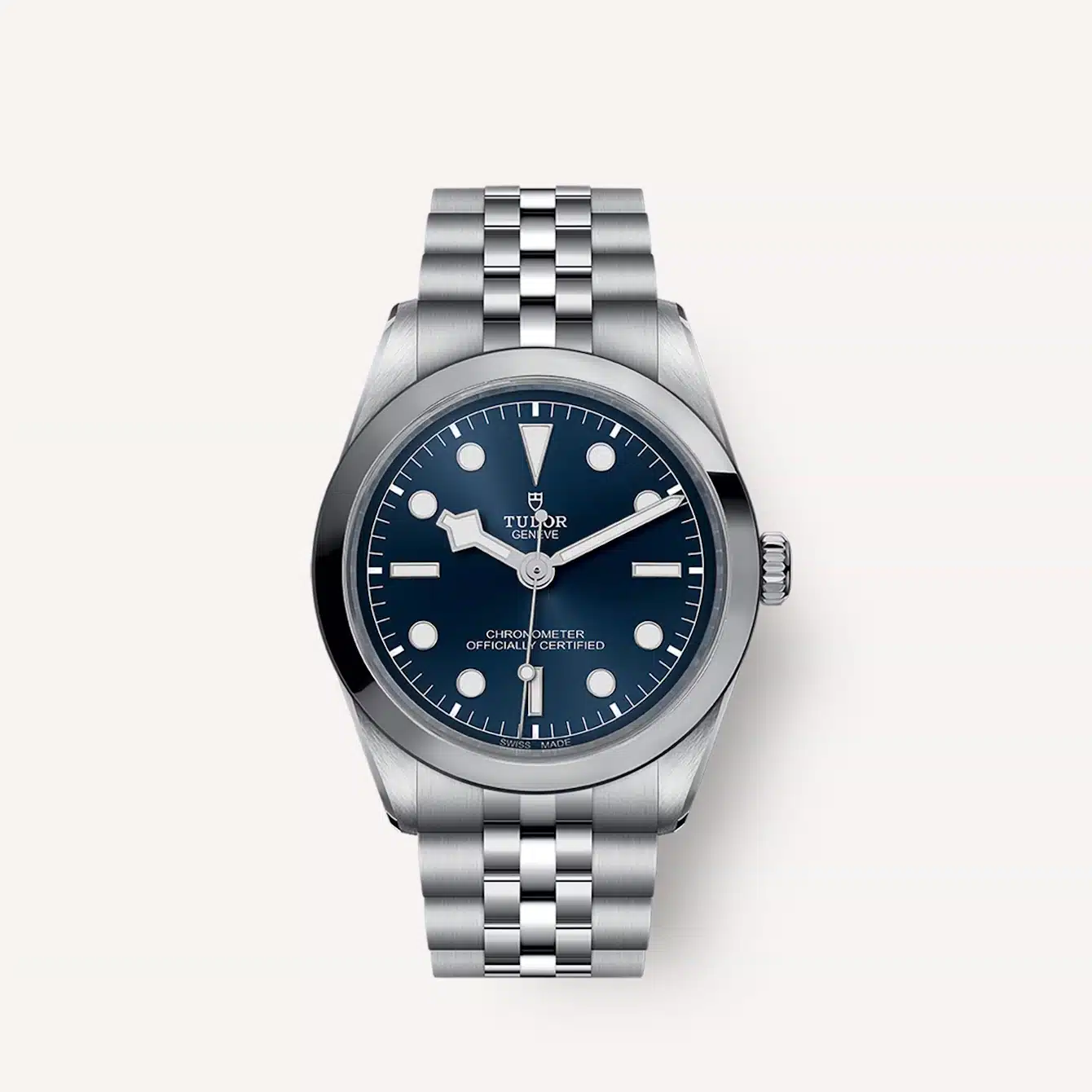
The current line of 36-millimeter Black Bays, though not GMTs, are all Chronometers. And, they come in several expressive yet neutral colors. Some include sophisticated champagne, those with gold accents, and even ones with gem indices.
Tudor Black Bay 58 Blue
Tudor Black Bay 58 Blue is classy but fun, with a domed sapphire adding physical pop to the color pop.
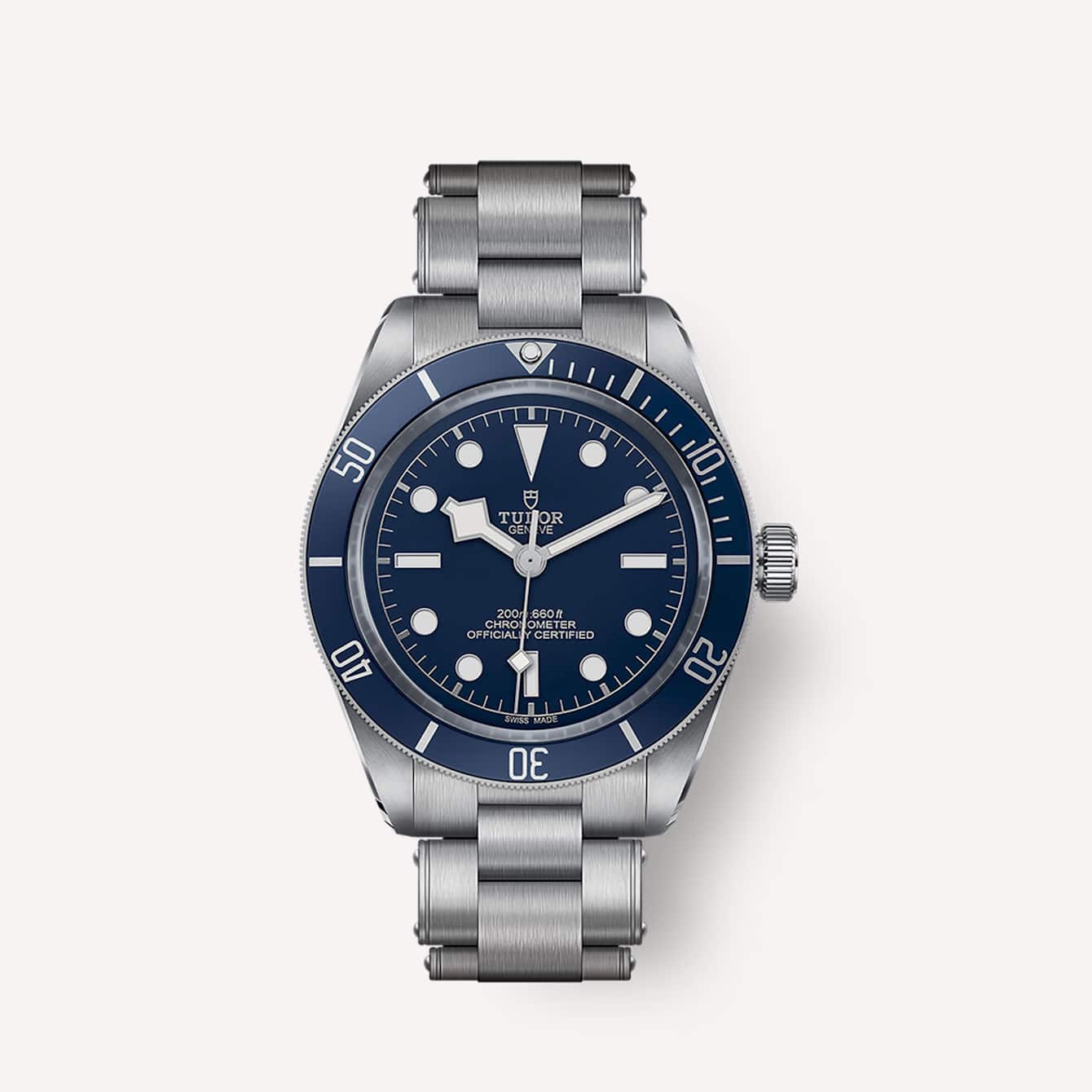
It’s only 39 millimeters and just over 11 millimeters thick. This makes it slender-wrist-friendly but still substantial.
Like the blue Submariner Smurf or the GMT-Master Blueberry, this COSC-certified watch has a lot of character. But of course, It’s easier to get a hold of, both price-wise and waitlist-wise.
Tudor Black Bay 39
And hey, if blue isn’t your color, there’s a whole range of different Tudor Black Bay 39 watches. It’s part of their 31/36/39/41 range.
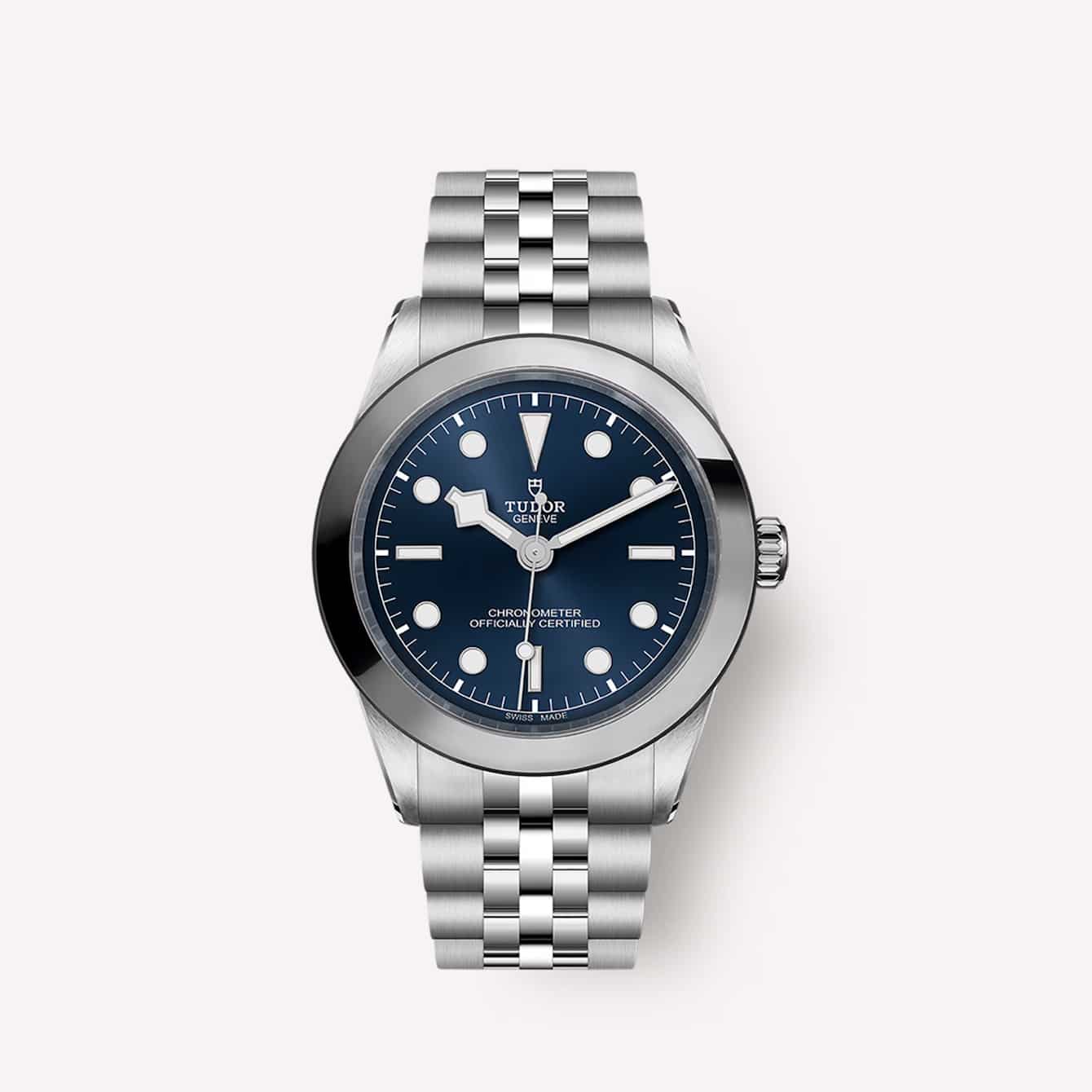
Like the 36, it is available in all standard colors, as well as with gold accents and diamond settings.
Tudor Black Bay 54
I absolutely love the Tudor Black Bay 54, with a black bezel dial and gold accents. Like its GMT counterpart, it uses gold as a modern hat-tip to tropical aesthetics.
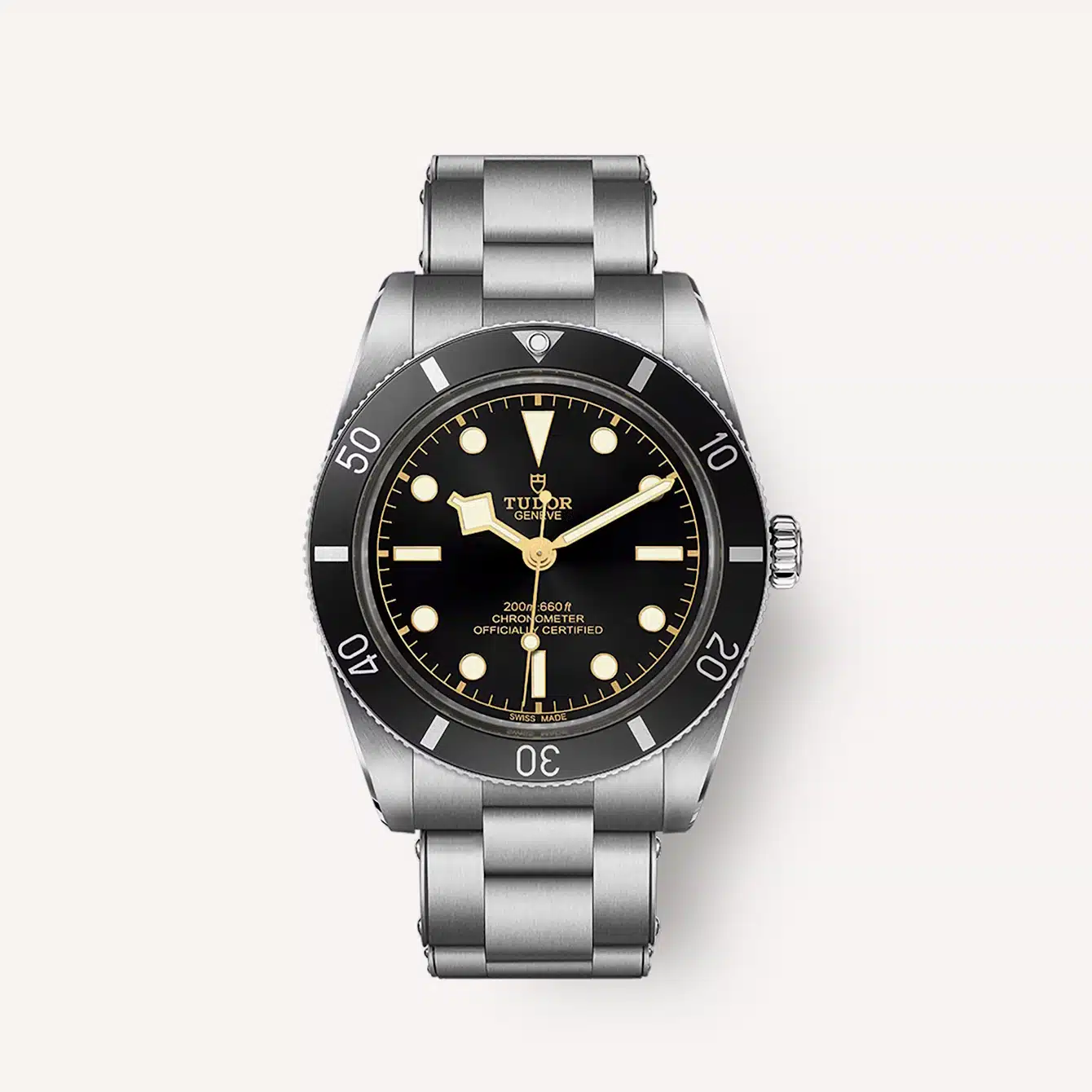
However, it’s a fun and rare 37 millimeters.
And, of course, it’s COSC-certified as well.
3 Other Cool Tudor Watches That Aren’t Necessarily Smaller Than the GMT
I just had to highlight these three models. They aren’t smaller than the Tudor Black Bay GMT. However, like the GMT, they’re unique and have their vintage-inspired personalities.
Tudor Black Bay Harrods Exclusive
The Tudor Black Bay Harrods exclusive has all of the retro charm of the GMT with a touch of elegance.
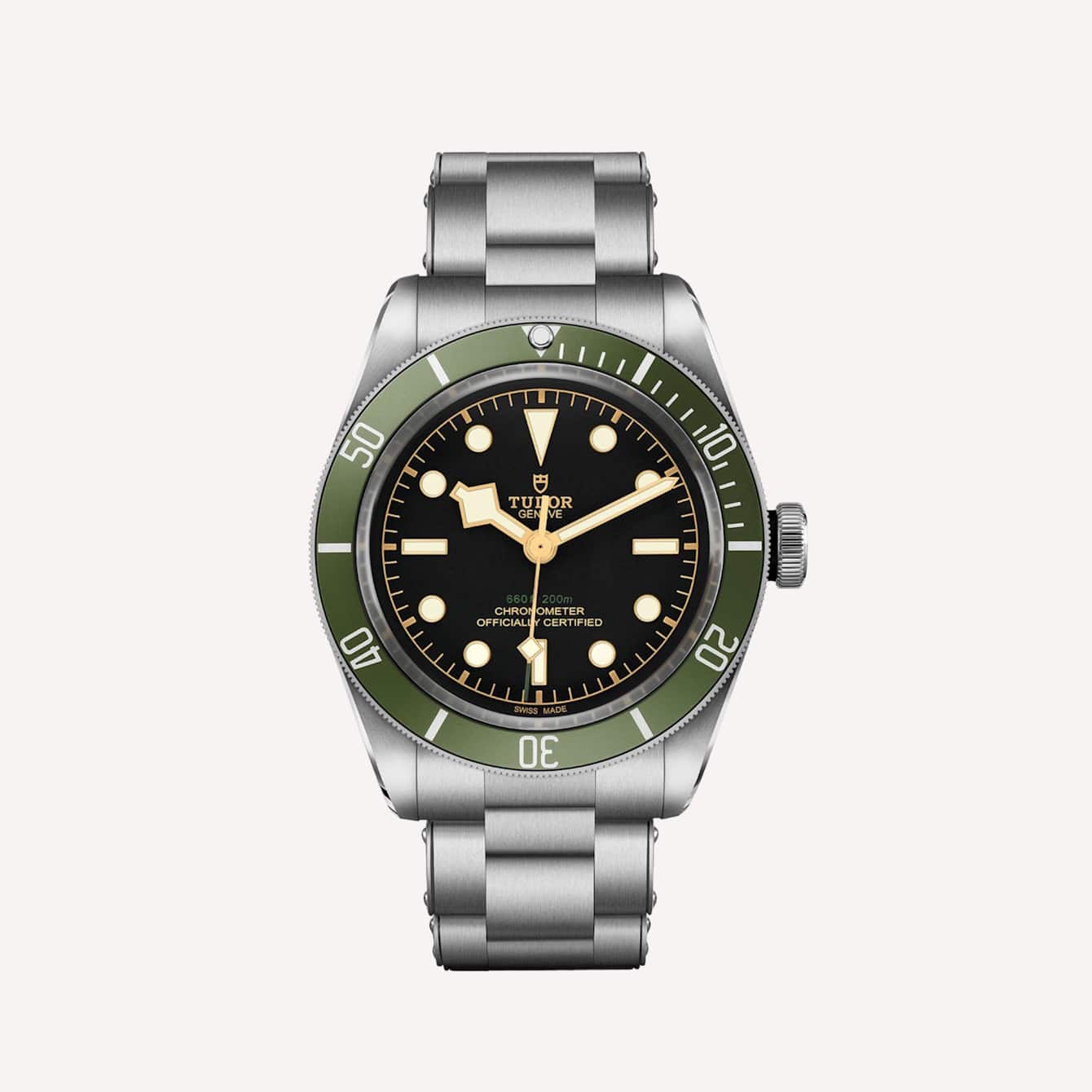
The snowflakes and indices are pale yellow with a gold outline. This perfectly complements the beautiful green bezel, Harrods Knightsbridge’s signature color.
For such a high-end exclusive collaboration, the price is reasonable, in my opinion.
Tudor Black Bay Ceramic
The reason I love the all-black Tudor Black Bay Ceramic is that it takes the old-school template of the Black Bay. Then, it dresses it up in a chic Batman-esque look.
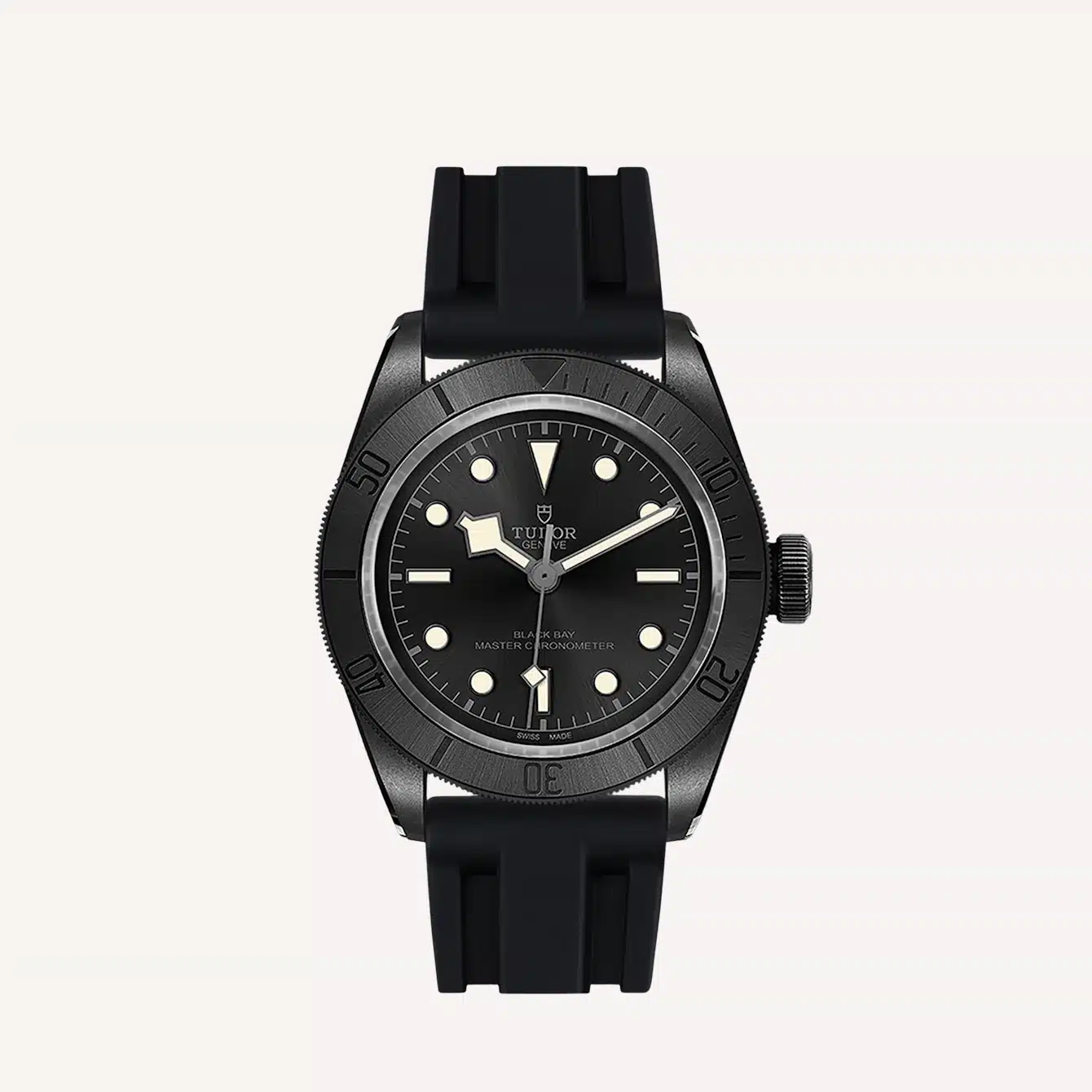
It’s truly commanding. And since it’s ceramic, it’ll maintain this onyx aesthetic, which, despite being deep black, isn’t murky forever.
Tudor Black Bay Bronze
Okay, so the Tudor Black Bay Bronze is pretty big at 43 millimeters. However, I think it achieves an antique look that the GMT just falls short of.
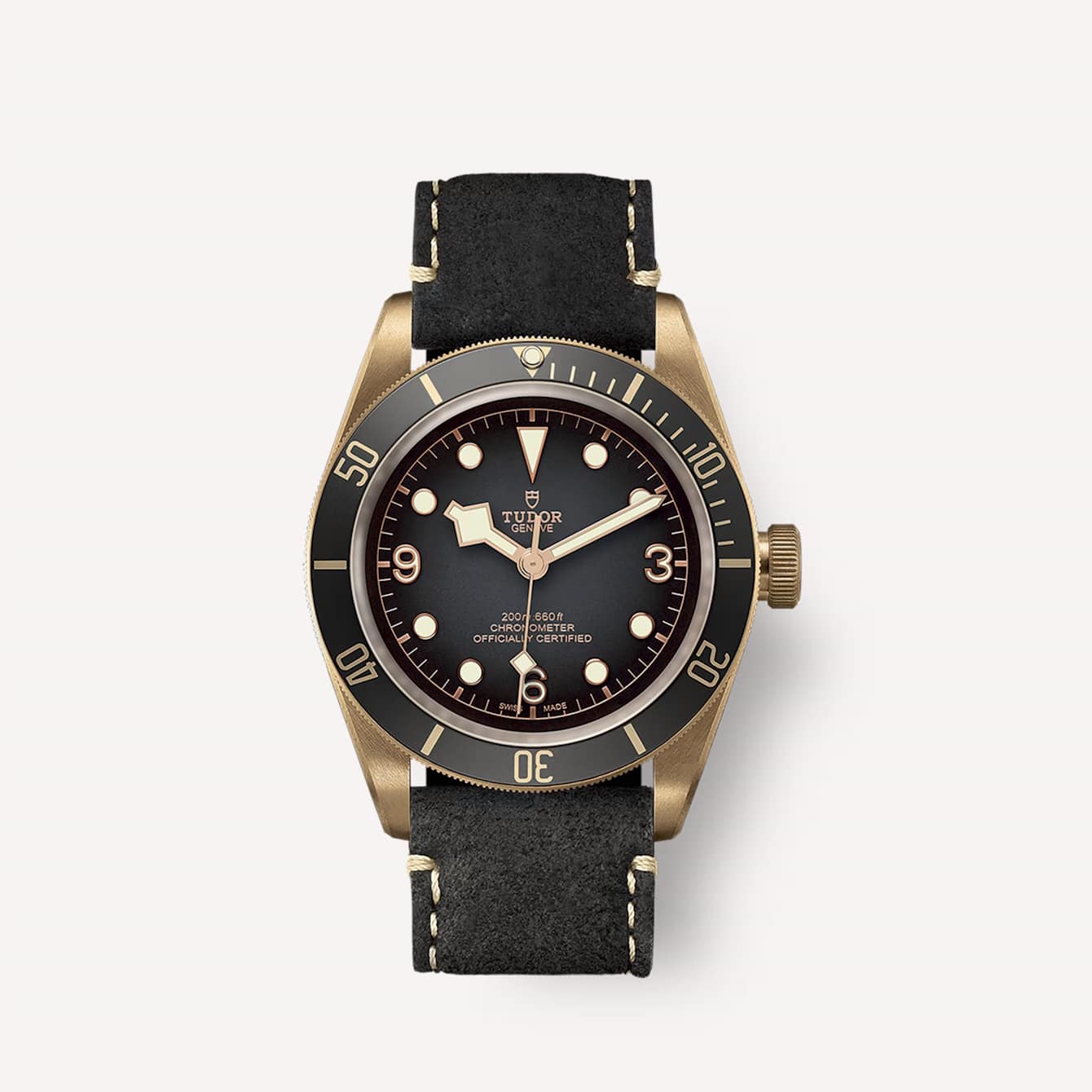
The burnished construction and Arabic cardinals work together in an old-world way. Of course, the high-end materials ensure it isn’t musty or irrelevant-looking.
Conclusion: A Versatile Watch
And on a practical note, the Tudor Black Bay GMT is undeniably adaptable.
It’s a sporty tool watch, so you can definitely wear it with a t-shirt and jeans. Still, its cosmopolitan spirit ensures it doesn’t look out of place with a suit.
So, it satisfies the horological set as well as the fashion set.
Are you a fan of the Black Bay GMT? Why or why not? Let us know in the comments!
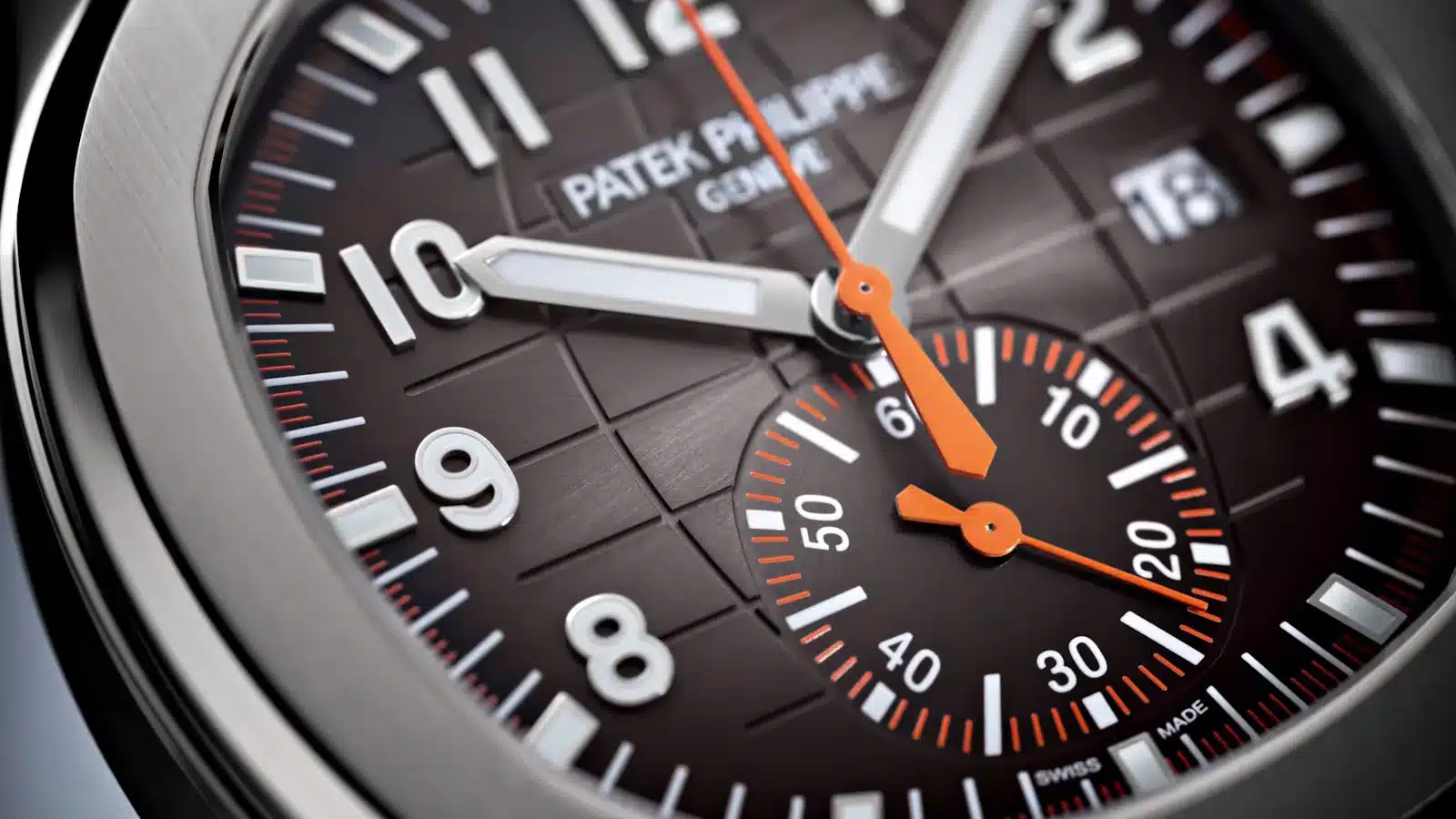

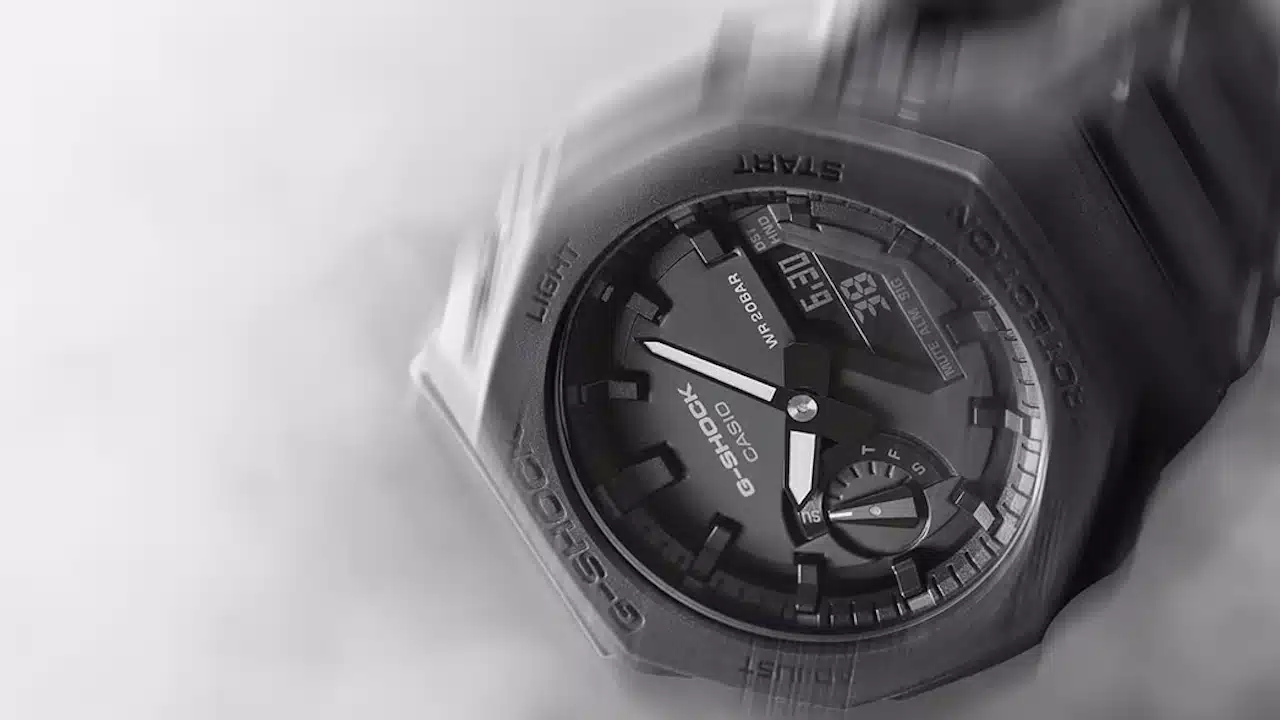
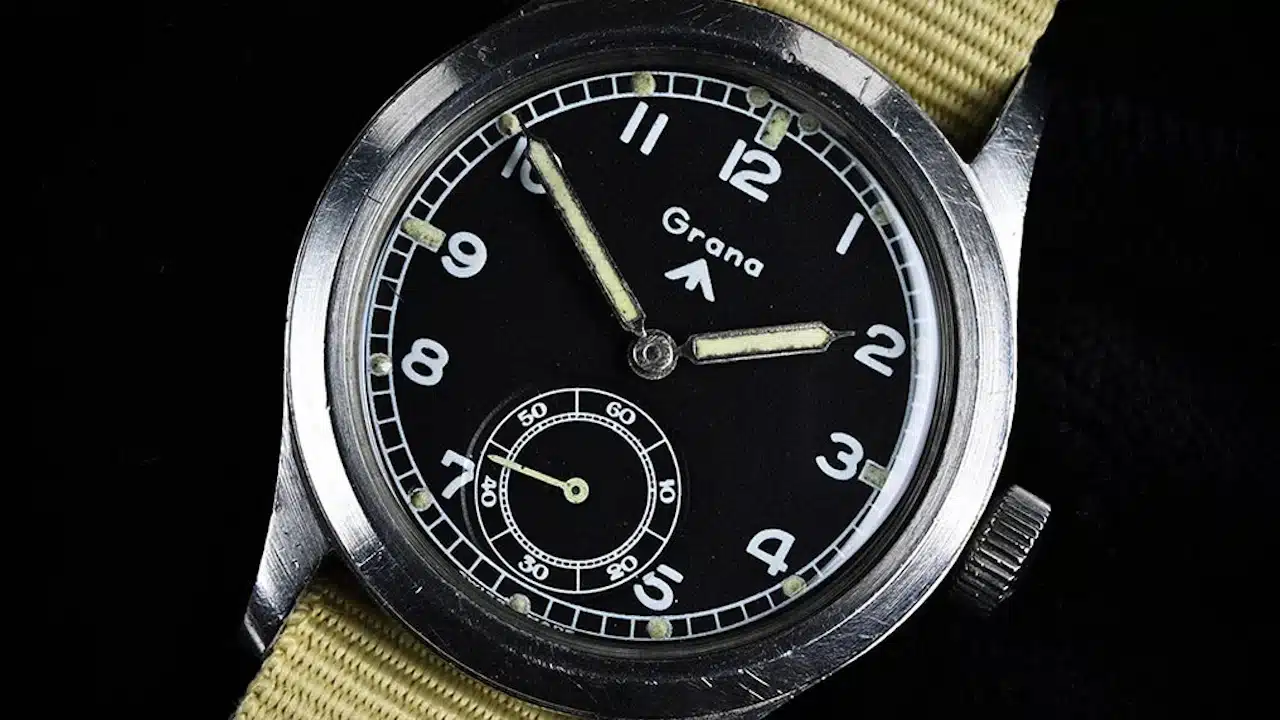
Leave a Reply